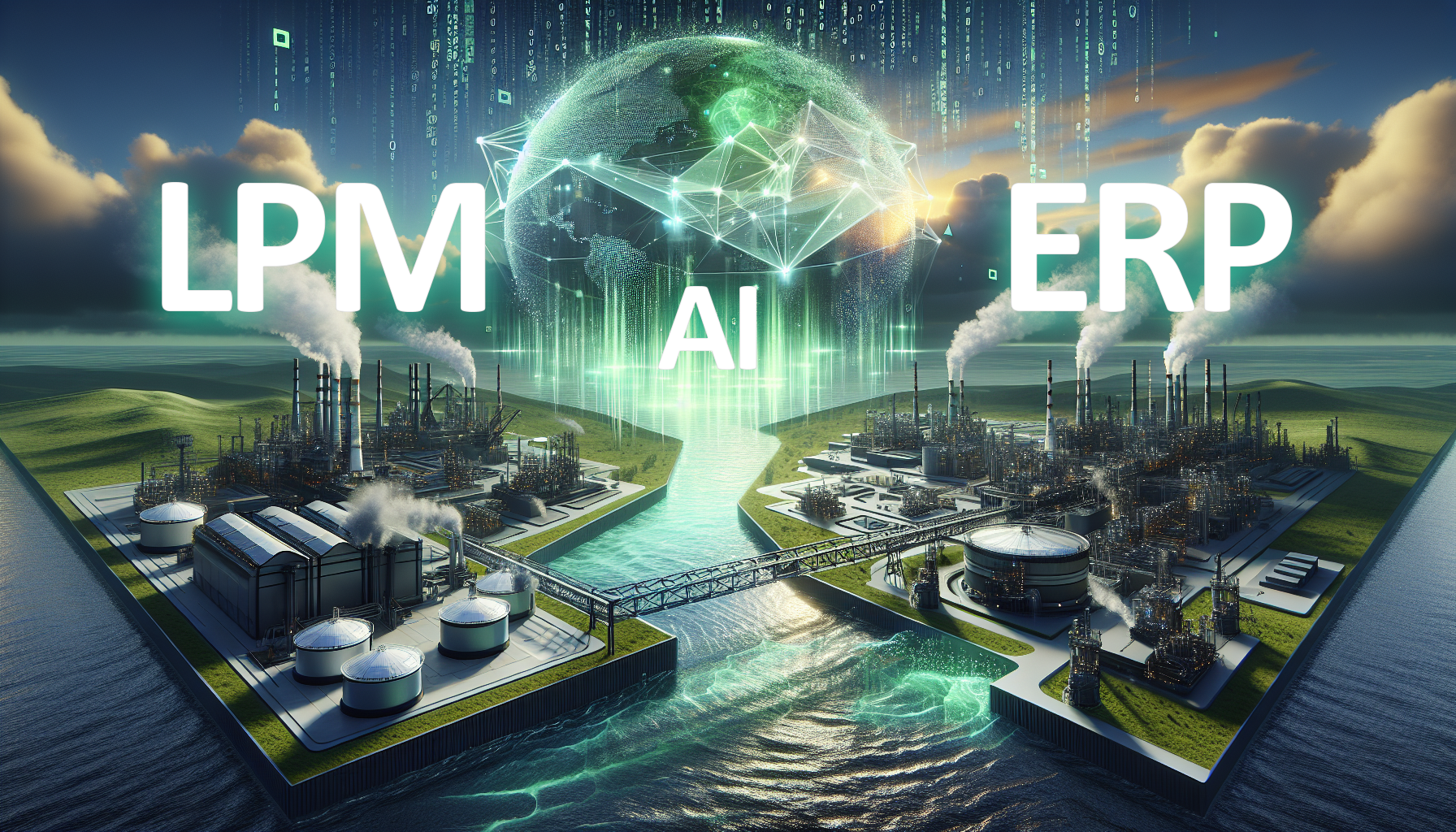Bridging the Gap: Integrating ERP and Product Lifecycle Management in the Chemical Industry
In the chemical industry, where innovation must align tightly with operational precision and regulatory compliance, companies often face a disconnect between their R&D and business operations. On one side, Product Lifecycle Management (PLM) systems manage complex formulation development, regulatory documentation, and product specifications. On the other, Enterprise Resource Planning (ERP) systems handle procurement, production, inventory, quality assurance, and finance. These systems are both critical—but when isolated, they create friction that delays time-to-market, increases compliance risk, and adds cost.
This operational divide is no longer sustainable. As the pace of innovation increases and sustainability targets grow more demanding, integrating PLM and ERP is becoming essential. Fortunately, several real-world examples from the chemical sector show how this integration delivers tangible value—especially when supported by emerging technologies like artificial intelligence (AI).
The Role of ERP and PLM in Chemical Manufacturing
In chemical manufacturing, PLM systems play a central role in early-stage development. They capture molecular structures, process parameters, safety data, regulatory requirements, and more. These systems ensure traceability, version control, and cross-functional collaboration—particularly across R&D, quality, and regulatory affairs.
ERP systems, in contrast, focus on execution. They support the day-to-day operations of the business: sourcing raw materials, scheduling production, tracking batches, managing inventory, and ensuring financial compliance. Without proper synchronization between PLM and ERP, vital information—such as formulation updates, material substitutions, or labeling changes—can be lost in translation.
This is not just a technical issue; it’s a strategic one. When formulation changes in PLM are not immediately reflected in ERP, the consequences range from rework and delayed launches to regulatory violations.
What Real Integration Looks Like
Several chemical companies and software vendors are actively addressing this gap. For example, Infor, a provider of industry-specific cloud applications, offers an integrated suite that brings ERP and PLM data together in real time. Their solution is tailored for the chemical industry, ensuring that any update made in a formulation or regulatory requirement within the PLM system is automatically reflected in ERP workflows. This allows manufacturers to optimize formulas, align production with specifications, and update compliance documents without manual re-entry.
Similarly, SAP’s PLM solution for process industries demonstrates the power of full integration. SAP enables chemical companies to create a digital thread from innovation to commercialization. A formulation created in PLM can be transferred directly into the ERP environment, complete with production BOMs, labels, GHS classifications, and shelf-life instructions. This not only shortens the product development cycle but also ensures that regulatory data is consistent across the enterprise.
Scheduling solutions like PlanetTogether further illustrate how integration supports agility. When connected to ERP systems, such tools allow chemical manufacturers to align production schedules with real-time changes in formulation specs, raw material availability, or customer demand. These platforms also factor in compliance requirements, ensuring that only certified lines produce regulated substances, for example.
These examples highlight that integration is not just about avoiding data entry errors—it's about enabling operational continuity and regulatory certainty in a highly complex industry.
AI as the Enabler of Intelligent Integration
While traditional integration relies on hardcoded data mappings and middleware, the next evolution is being driven by AI. AI tools can intelligently map product data from PLM into the ERP structure, identifying potential inconsistencies in nomenclature, units, or classification systems. Natural Language Processing (NLP) techniques, for instance, can standardize ingredient descriptions and match supplier materials to R&D inputs.
AI also plays a role in compliance automation. In highly regulated environments, it can monitor changes in global regulations and ensure that both PLM and ERP systems are updated accordingly. If a certain solvent is restricted in a target market, AI can flag this and recommend alternatives before the formulation reaches production planning.
Furthermore, AI-driven analytics make it possible to link formulation decisions with cost, performance, and environmental impact. For example, integrating Chemcopilot’s CO₂ footprint analysis at the PLM level allows companies to evaluate different ingredient options not only by price or purity but by climate impact. When this data flows into ERP systems, procurement and production can act on sustainability metrics in real time.
A Strategic Imperative
Integrating PLM and ERP is no longer just an IT consideration—it’s a business imperative. For chemical manufacturers looking to shorten innovation cycles, meet ESG goals, and compete globally, this integration brings cohesion across functions that have historically worked in silos.
AI enhances this further by not only connecting the systems but also elevating the quality of decisions made within them. It adds a layer of intelligence that transforms integration from a static interface into a dynamic, adaptive process.
As the chemical industry moves toward a future of digital twins, automated compliance, and sustainable innovation, the companies that lead will be those that treat ERP–PLM integration as a core capability—empowered by AI and driven by real operational value.

